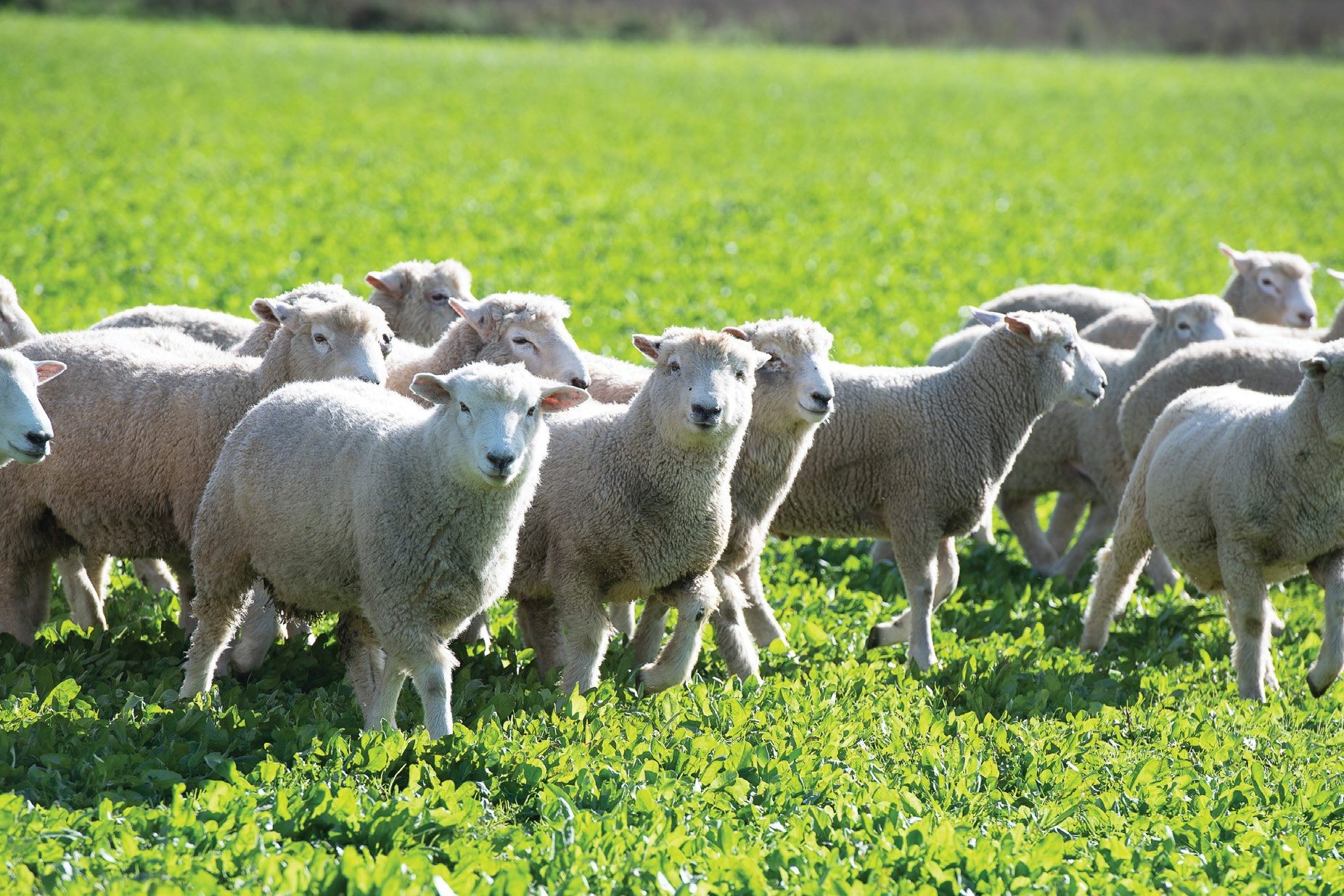Like many things in life, farming is a balancing act and for every action there are often unwanted consequences. Many of these scenarios often play out as a ‘catch-22’ where you find yourself having to make difficult decisions picking between the lesser of two evils.
Making these decisions and achieving the balance can be difficult but this is often what separates good farmers from those that are treading water.
I come across examples of this onfarm almost daily in my job, whether it is deciding to quit stock early in the face of feed shortages or choosing who gets the better feed when there are several mobs that would benefit.
There are numerous examples in animal health too, from simply deciding whether or not to vaccinate (risk vs reward), or more complex decisions on managing abortion outbreaks (opting to spread out early, knowing that this will decimate lambing pasture covers).
Most commonly we are balancing cost vs production, but more frequently this is becoming sustainability vs production, especially when discussing parasites.
The concept of refugia is a classic example of balancing sustainability and production.
The most basic principle of refugia is to leave animals undrenched and often the concern is what cost will this be to production. The reality is that any cost to production can be mitigated if the animals left undrenched are chosen wisely.
It is well reported that sheep in good health, with good body condition and adequate feed, are well prepared to withstand the impacts of internal parasites. For this reason we will typically choose the best-conditioned ewes/lambs in the mob to be left undrenched, not necessarily because they will have fewer parasites, but because they are better-suited to withstand the burden.
When it comes to ewes pre-lamb we may also consider how many lambs she is carrying, with single-bearing ewes less likely to suffer from missing a drench. Often it is the first step that is most daunting, the concept of leaving some animals undrenched can be a scary proposition for many farmers.
What if they die? Won’t they fall apart?
These are questions often asked by farmers following veterinary advice to leave some animals undrenched. The truth is many farmers already practice good refugia and aren’t noticing any significant ill-effects.
Every situation is different but taking small steps to leave a proportion of stock undrenched can be a positive step towards balancing sustainability with productivity. In most cases you won’t notice any change, however we do recommend marking and monitoring the undrenched animals so you can keep an eye on things.
How many to leave undrenched is another discussion, but start by leaving 5% undrenched (1 in 20), once you get comfortable with this we can discuss whether this is enough to provide adequate refugia. Test your drenches, they are failing throughout the country.
If you think production will drop by missing some animals when drenching, try farming without any effective drenches and see what productivity looks like then.
- Andrew Cochrane is a veterinarian with Northern Southland Vets.





